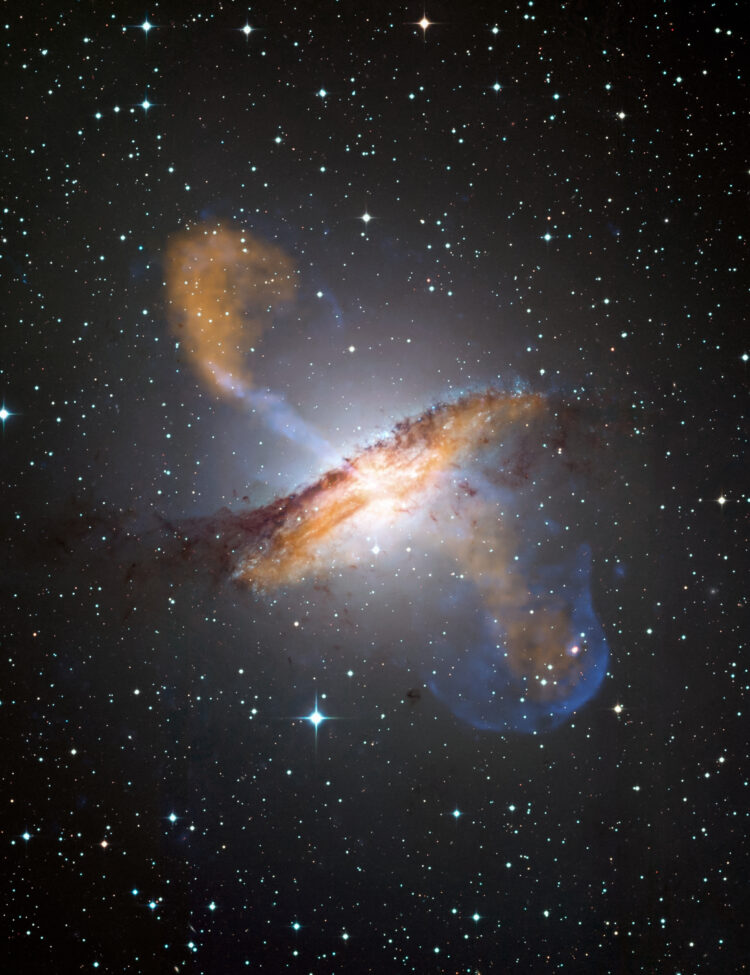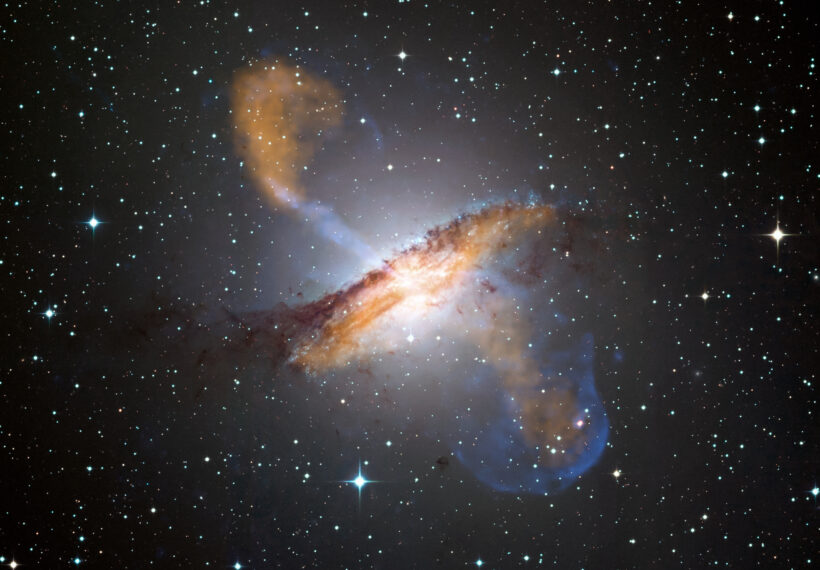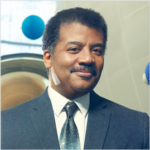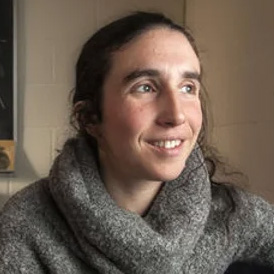About This Episode
How did the largest black holes in the universe form? Neil deGrasse Tyson and comedian Chuck Nice come to you live to learn about the history of black holes, what’s inside them, and new discoveries with cosmologist Janna Levin and astrophysicist & supermassive black hole expert, Jenny Greene.
What is quantum foam? Learn about where relativity meets the quantum and Stephen Hawking’s bet against black holes. We explore the lifecycle of black holes and how they eventually evaporate. We discuss John Wheeler, John Michell, and the father(s) of black hole theory. How massive is a supermassive black hole?
How do we detect black holes since they do not emit light? Do all galaxies have black holes at their center? We talk accretion disks, event horizons, and the electromagnetic power of black holes. We learn about Jenny’s work with the James Webb Space Telescope and how it’s helping us see back in time. Plus, find out how scientists use a dark matter halo to see farther into the cosmos.
What is inside a black hole? We detail what exactly happens during spaghettification and what it would be like to fall into a black hole. What happens within the event horizon? Could the inside of a black hole be made up of quantum black holes? Are we inside a black hole ourselves? We explore time dilation, wormholes, and whether black holes can be created without supernovae. Plus, some cosmic perspectives on our current age of space exploration.
Thanks to our Patrons Leigh Momii, Molly Jebsen, Gilbert Cruz, Robert Colonel, Oliver Orofino, and Stephen Coleman for supporting us this week.
NOTE: StarTalk+ Patrons can watch or listen to this entire episode commercial-free.




 Unlock with Patreon
Unlock with Patreon



 Become a Patron
Become a Patron